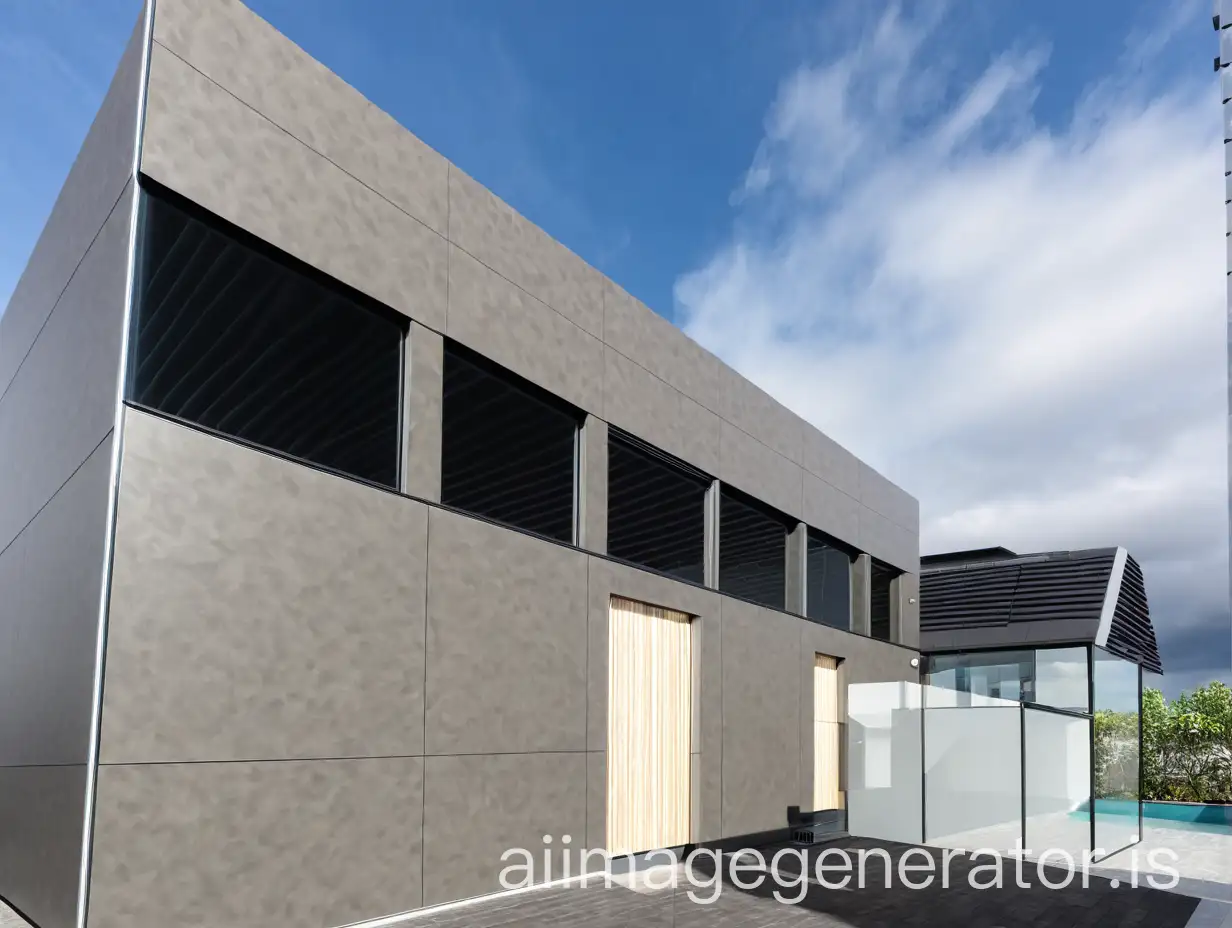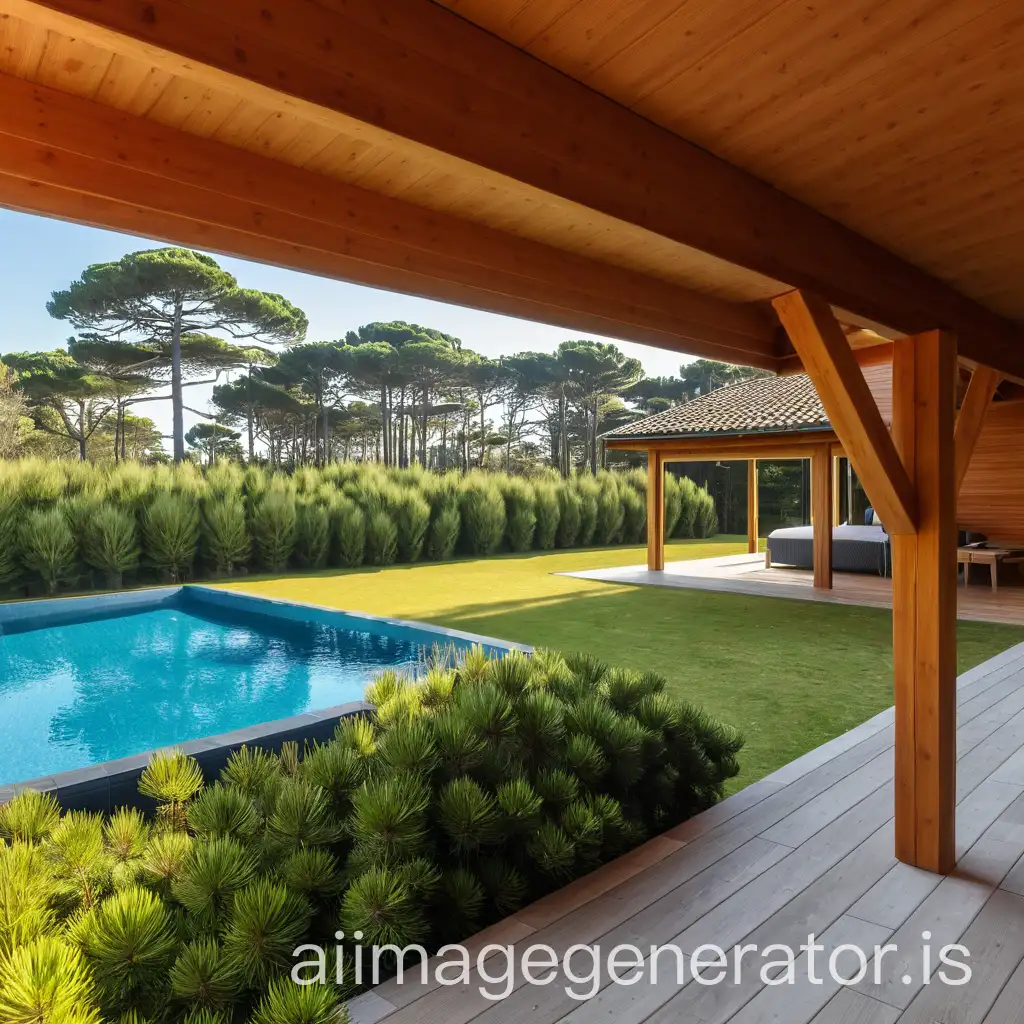Free Minimalist Architecture Image Generator
Just imagine, and we'll instantly return a variety of personalized Minimalist Architecture images—designed to bring your creativity to life!
- 4:3
- 3:4
- 1:1

image.state.default















Related Tags
Minimalist architecture is a design movement characterized by simplicity, clean lines, and a monochromatic palette with color used as an accent. It strips buildings down to their essential elements, focusing on the interplay between light, space, and form. This style emphasizes function and seeks to create spaces that are tranquil and uncluttered, often using natural materials to enhance the serene aesthetic.
The Essence of Minimalist Architecture
Key characteristics of minimalist architecture include open floor plans, large windows, and an emphasis on natural light. Materials like concrete, glass, and wood are commonly used to achieve a sense of purity and elegance. This architectural style is applied in various types of buildings, from residential homes and offices to public spaces and museums. The simplicity and functionality of minimalist architecture make it a popular choice for creating peaceful, efficient environments.
Key Characteristics and Applications of Minimalist Architecture
Several architects are renowned for their contributions to minimalist architecture. Tadao Ando is known for his use of natural light and raw concrete in projects like the Church of the Light in Japan. John Pawson's work, such as the minimalist interiors of the Calvin Klein store in New York, showcases his dedication to simplicity and elegance. The Barcelona Pavilion by Ludwig Mies van der Rohe remains a landmark in minimalist design, celebrated for its innovative use of space and materials.
Notable Minimalist Architects and Iconic Projects
The future of minimalist architecture is likely to be influenced by sustainability and smart technology. Eco-friendly materials and energy-efficient designs are becoming integral to modern minimalist buildings. Additionally, the integration of smart home technologies can enhance the functionality and comfort of minimalist spaces without compromising their clean, uncluttered aesthetic. As urban environments become more crowded, the principles of minimalism will continue to offer solutions for creating serene, efficient living and working spaces.
Future Trends in Minimalist Architecture